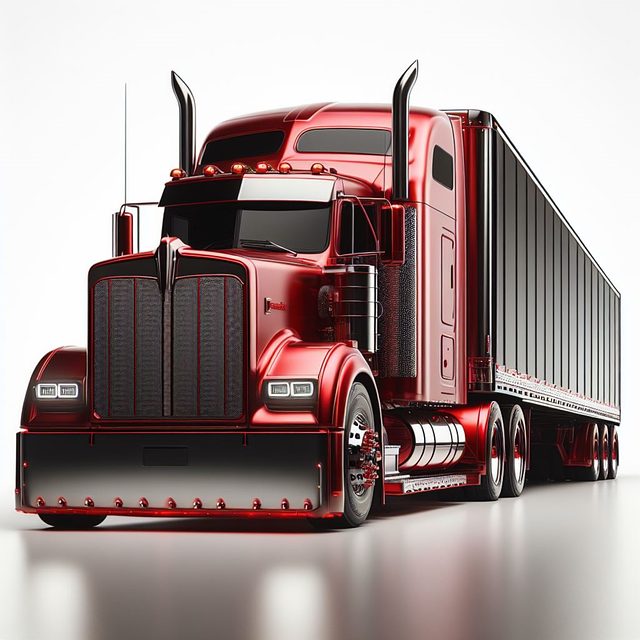Physical damage coverage for fleet trucks is a crucial risk management tool that protects businesses from unexpected events like accidents, natural disasters, vandalism, and theft, ensuring operational continuity and meeting legal obligations. Identifying coverage gaps through comprehensive risk assessments, focusing on cargo protection, liability, and specific vehicle types, allows companies to customize insurance plans based on operating environments and usage patterns. Achieving fleet-wide compliance involves regular policy updates, leveraging technology for tracking and management, and employee training. Proactive management ensures trucks are adequately insured, mitigating legal issues and financial losses from non-compliance.
In the dynamic landscape of transportation, ensuring fleet-wide compliance with physical damage coverage for fleet trucks is paramount. This comprehensive guide navigates the essential aspects of maintaining protection against unforeseen events, offering valuable insights into identifying coverage gaps and assessing risks. We explore practical strategies to implement consistent policies across your entire fleet, highlighting best practices for continuous monitoring and updates. By mastering these techniques, you’ll revolutionize your approach to fleet management, fostering a robust and compliant operation.
Understanding Physical Damage Coverage for Fleet Trucks

Physical damage coverage is a crucial aspect of managing a fleet, especially for trucks, which are often the workhorses of many businesses. This type of insurance protects against unexpected events that can cause substantial financial loss due to physical harm to the vehicles. When considering physical damage coverage for fleet trucks, it’s essential to understand the various perils and risks these vehicles may face on a daily basis.
From accidents and natural disasters to vandalism and theft, these incidents can render trucks out of commission, leading to downtime and increased operational costs. A comprehensive physical damage coverage policy ensures that fleet owners are protected against such unforeseen circumstances. By insuring against physical damage, businesses can safeguard their investments, maintain smooth operations, and comply with legal requirements related to vehicle insurance.
Identifying Coverage Gaps and Assessing Risks

Identifying Coverage Gaps and Assessing Risks is a critical step in ensuring fleet-wide compliance with physical damage coverage requirements for fleet trucks. Companies should conduct thorough reviews to uncover any gaps in their existing policies, focusing on high-risk areas such as cargo protection, liability, and comprehensive coverage. By evaluating the types of physical damages most commonly encountered by fleet trucks, such as accidents, natural disasters, or vandalism, businesses can tailor their insurance plans accordingly.
This process involves assessing the potential risks associated with different operating environments, vehicle types, and usage patterns. For instance, trucks operating in regions prone to severe weather conditions may require additional coverage for weather-related damage. Similarly, companies transporting valuable cargo should consider enhanced liability protection to mitigate financial losses from theft or damage during transit. Assessing these risks enables businesses to make informed decisions, ensuring their fleet is adequately covered while avoiding costly surprises.
Implementing Strategies to Achieve Fleet-Wide Compliance

To ensure fleet-wide compliance with coverage requirements, especially regarding physical damage coverage for fleet trucks, companies should adopt a multi-faceted strategy. Start by conducting a thorough audit of existing policies and procedures to identify gaps or weaknesses. This involves reviewing every vehicle in the fleet to confirm appropriate insurance coverage, including comprehensive and collision insurances for physical damage. Regularly updating these policies based on changes in regulations, vehicle types, and operational needs is crucial.
Implementing technology can significantly enhance compliance efforts. Utilize digital platforms and apps to track and manage policies, ensuring up-to-date information is accessible to all relevant stakeholders. These tools can also automate reminders for policy renewals and updates, reducing the risk of non-compliance due to oversight or negligence. Additionally, providing training sessions for employees on insurance requirements and best practices will empower them to maintain high standards of compliance across the entire fleet.
Monitoring and Updating Policies for Continuous Compliance

Maintaining compliance across an entire fleet is a dynamic process, especially in the realm of insurance policies, particularly for critical aspects like physical damage coverage for fleet trucks. Regular monitoring and updating of these policies are paramount to ensuring continuous adherence to legal requirements and industry standards. This involves staying abreast of changing regulations and adjusting coverage plans accordingly.
Effective monitoring includes periodic reviews of existing policies, identifying gaps or weaknesses, and implementing necessary changes. For instance, updates might be required to incorporate new types of physical damage coverage, reflect shifts in fleet operations, or account for evolving risk factors. By staying proactive, fleet managers can guarantee that their trucks are adequately insured, minimizing potential legal issues and financial losses associated with non-compliance.
Ensuring comprehensive physical damage coverage for your fleet trucks is a multifaceted process that requires constant vigilance. By understanding the intricacies of this type of coverage, identifying potential gaps, and implementing robust strategies, fleet managers can achieve and maintain compliance across their entire operation. Regular monitoring and policy updates are vital to adapt to changing circumstances, minimizing risks, and safeguarding against financial losses. Embracing these steps is key to fostering a culture of safety and responsible management within your trucking fleet.
